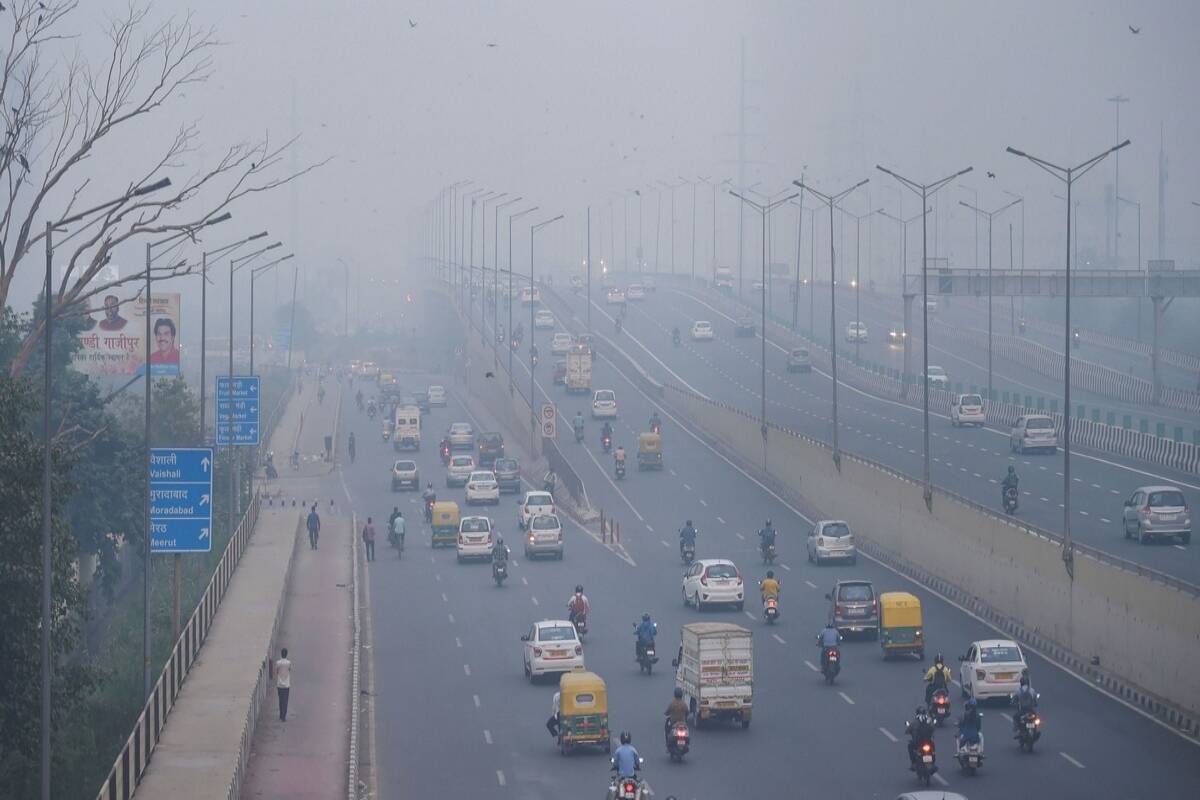The summer of 2022, one of the hottest in history, has witnessed widespread ozone exceedance, making the air of Delhi-NCR more toxic, says the latest analysis released here today by the Centre for Science and Environment (CSE). While a higher number of hot days usually record ozone levels exceeding the standards, this summer the spread of stations is much wider across the landscape.
Among the six big metros, Mumbai is second in order followed by Kolkata, Hyderabad, Chennai, and Bengaluru–the last two have longer durations of exceedance despite lower frequency compared to the other metros. This has emerged from the latest air quality analysis by CSE, released as a run-up to World Environment Day. This is part of the air quality tracker initiative of the Urban Lab at CSE.
“Even before we could control the problem of particulate pollution, the toxic threat of ground-level ozone is catching up with us. Despite the warning signs, this problem has not attracted adequate policy or public attention for mitigation and prevention. Inadequate monitoring, limited data, and inappropriate methods of trend analysis have weakened the understanding of this growing toxic risk,” says Anumita Roychowdhury, executive director-research, and advocacy, CSE. “If not addressed early, it can blow up as a serious health crisis in the coming years,” she adds.
Health evidence is also growing stronger. The 2020 State of Global Air report states that age-standardized rates of death attributable to ozone are among the highest in India. The seasonal eight-hour daily maximum concentrations have recorded one of the highest increases in India between 2010 and 2017 about 17 percent. This requires a deeper understanding of what is going on in different cities and regions to inform mitigation.
Due to the very toxic nature of ground-level ozone, the national ambient air quality standard for ozone has been set for only short-term exposures (one-hour and eight-hour averages), and compliance is measured by the number of days that exceed the standards. Compliance requires that the standards are met 98 percent of the time the year. It may exceed the limits on two percent of the days in a year, but not on two consecutive days of monitoring. In other words, there should not be more than eight days in a year when the ozone standard is breached, and none of those allowed exceedance can be on two consecutive days.
“Global experience shows that there is usually a trade-off. As particulate pollution is reduced, the problem of nitrogen oxide (NOx) and ozone increases. Globally, regulators are tightening the regulatory benchmark for ozone to address the toxic threat which, given its complex chemistry, is difficult to address. India should avoid falling into this trap,” says Vivek Chattopadhyay, principal program manager, clean air program, CSE.
“The standard practice of the Central Pollution Control Board (CPCB) to average out the data of all stations in the city to determine daily AQI does not work for ground-level ozone as it is a short-lived and hyper-localized pollutant. A citywide average concentration level over an extended time frame does not indicate the severity of the problem and health implication from local build-up and exposure for people living in hotspots,” says Avikal Somvanshi, senior program manager, urban lab, CSE.
WHY DOES OZONE NEED SPECIAL ATTENTION?
Thecomplex chemistry of ozone makes it a difficult pollutant to track and mitigate. Ground-level ambient ozone is not directly emitted from any source. It is produced from complex interactions between NOx and volatile organic compounds (VOCs) that are emitted from vehicles, power plants, factories, and other combustion sources. These undergo cyclic reactions in the presence of sunlight to generate ground-level ozone. VOCs can also be emitted from natural sources, such as plants. Ozone not only builds up in cities but also drifts long distances to form a regional pollutant that makes both local and regional action necessary.
This highly reactive gas has serious health consequences. Those with respiratory conditions, asthma, chronic obstructive pulmonary disease, and particularly children with premature lungs and older adults are at serious risk. This can inflame and damage airways, make lungs susceptible to infection, aggravate asthma, emphysema, and chronic bronchitis, and increase the frequency of asthma attacks leading to increased hospitalisation.
INVESTIGATION
This assessment has traced trends during summer (March-May) between 2019 to 2022 May (up to May 30). The analysis is based on publicly available granular real time data (15-minute averages) from the CPCB’s official online portal Central Control Room for Air Quality Management. In Delhi-NCR, the data has been captured from 58 official stations under the Continuous Ambient Air Quality Monitoring System (CAAQMS) spread across Delhi-NCR. Delhi (40), Gurugram (4), Faridabad (4), Noida (4), Ghaziabad (4), and Greater Noida (2) have multiple stations and are covered in the study.
Given the volatile and highly localised nature of ozone pollution build-up and its variability across space, and consistent.




















